Most people visit the seashore on vacation and pick up souvenir seashells without having any idea what they are called or how rare they may be.
On this page you'll be able to see pictures of the shells I have and maybe you will learn a bit about the ones you have in your collection. In fact, you may even have a rare shell and don't even know it!
Respect for sea life is important and I hope that by learning about the mollusks who make these unique homes for themselves, that we end up enjoying, you will agree that they deserve much respect.


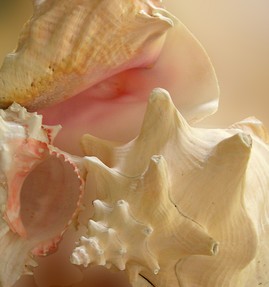
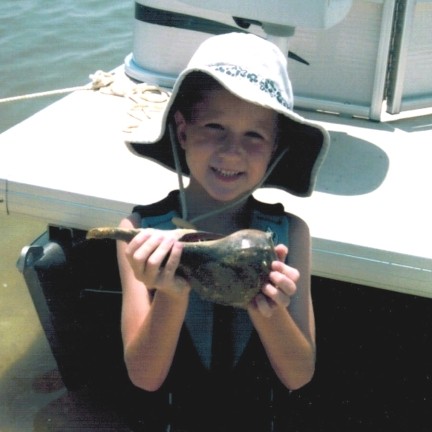
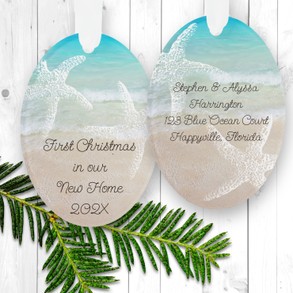
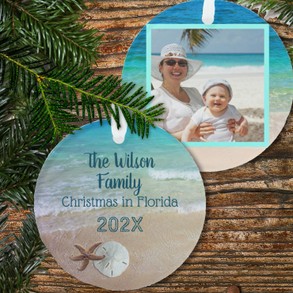
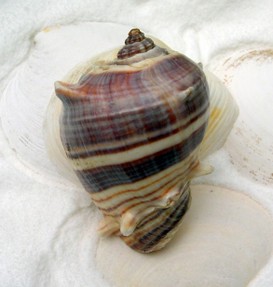
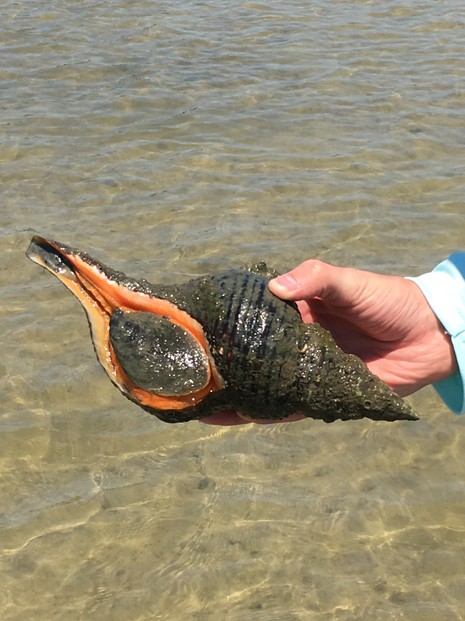



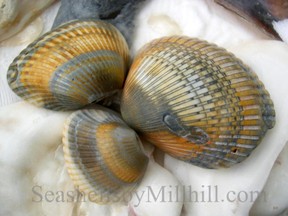
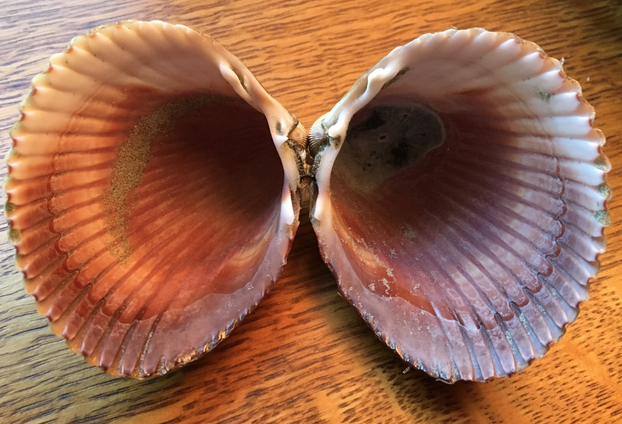
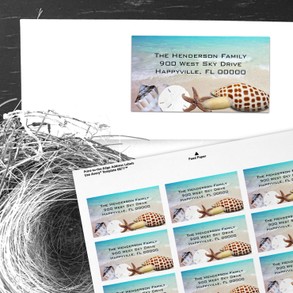
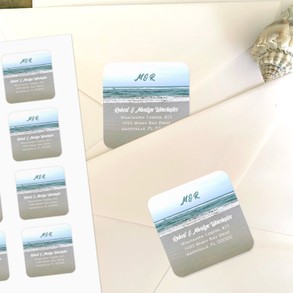
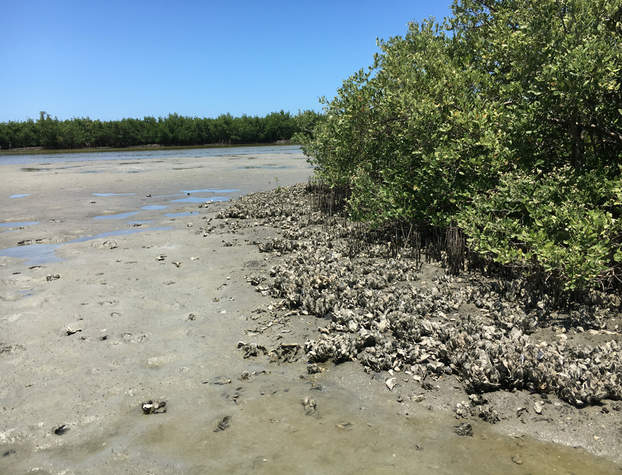
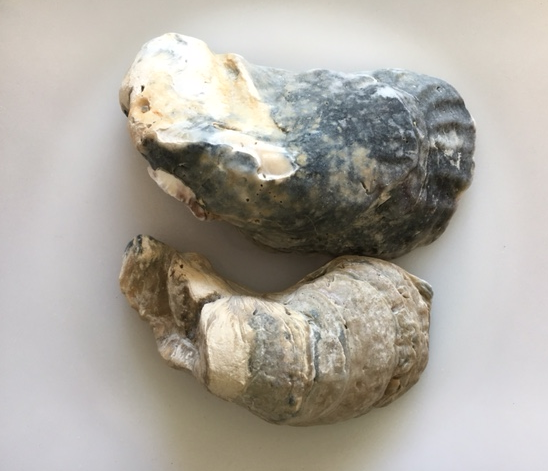
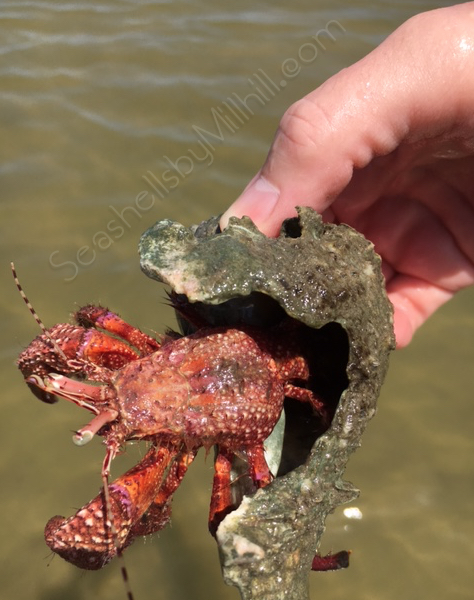
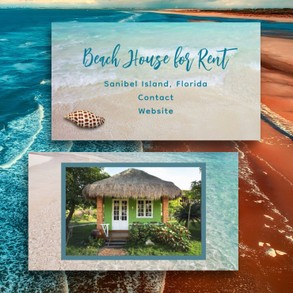

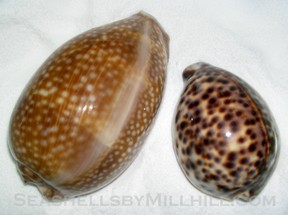 These are the cowry, or sometimes spelled cowrie, shells. I purchased them and didn't find them on the beach. Both are quite large, with the Atlantic Deer cowry (on the left in the photo) is about four inches long.
These are the cowry, or sometimes spelled cowrie, shells. I purchased them and didn't find them on the beach. Both are quite large, with the Atlantic Deer cowry (on the left in the photo) is about four inches long.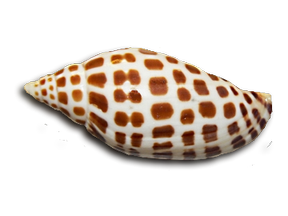 are known as one of the best places in the world for shell collecting - coming in at #3 - for it's shell abundance and variety. It's the place where you could find a Junonia (pictured) which would be a treat, as finding one in great condition is rare.
are known as one of the best places in the world for shell collecting - coming in at #3 - for it's shell abundance and variety. It's the place where you could find a Junonia (pictured) which would be a treat, as finding one in great condition is rare.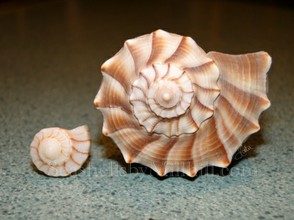
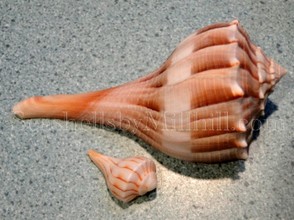
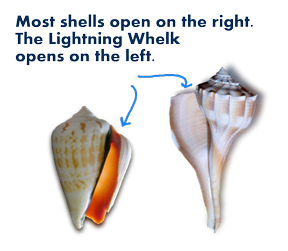
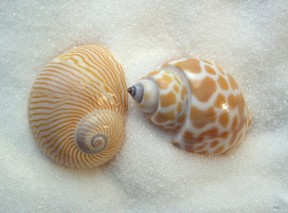
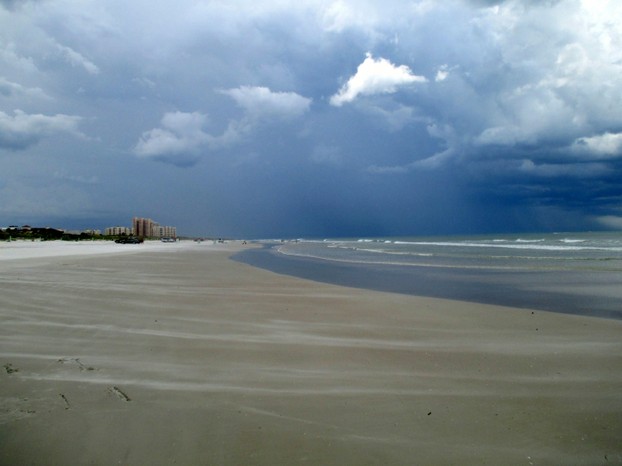
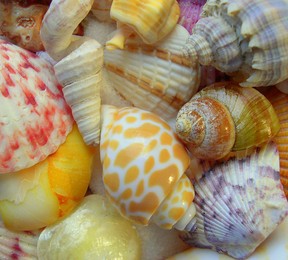
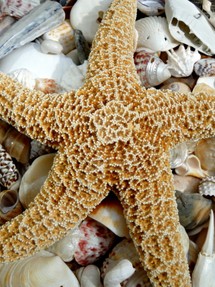 Ask anyone what they would love to find while visiting the ocean and they will probably say a starfish or a sand dollar.
Ask anyone what they would love to find while visiting the ocean and they will probably say a starfish or a sand dollar.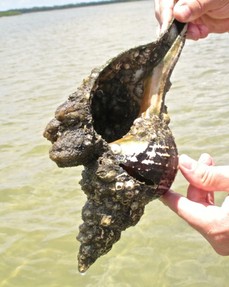 Seashells will be empty if they are "dead" and okay to collect. If there is something protruding from the opening, or you see a hard cover over the opening, that means it is still occupied. Starfish and sand dollars will be bleached white or whitish by the sun and will be brittle. Anything washed up on shore is probably dead, but check.
Seashells will be empty if they are "dead" and okay to collect. If there is something protruding from the opening, or you see a hard cover over the opening, that means it is still occupied. Starfish and sand dollars will be bleached white or whitish by the sun and will be brittle. Anything washed up on shore is probably dead, but check.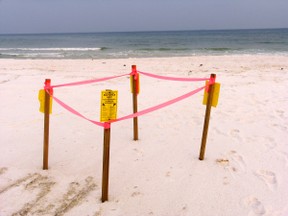
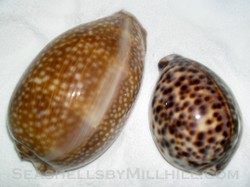

 Unleash Your Child's Green Thumb With Grow Box Gardeningon 04/27/2025
Unleash Your Child's Green Thumb With Grow Box Gardeningon 04/27/2025
 Farm Tractor Birthday Party Ideason 03/21/2025
Farm Tractor Birthday Party Ideason 03/21/2025
 Fun Dinner Menus For Thanksgivingon 10/20/2023
Fun Dinner Menus For Thanksgivingon 10/20/2023
 Luau Party Theme Invitations and Ideason 10/05/2023
Luau Party Theme Invitations and Ideason 10/05/2023

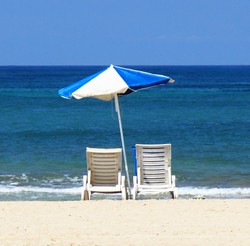
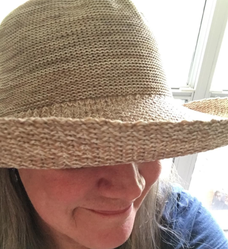
What unique sea treasures have you found?
Thanks for that info Frank!
Crushed shell can be a good soil additive to acid soils [below pH 7], as they would slowly dissolve the calcium in the shells into the soil and therefore moderate the acidity.
Hi Frank, I believe the shells are more than decorative. I use fish fertilizer in my gardens and plants as well. Maybe the shells leach a little goodness into the soil. My way of thinking is that anything natural can't be bad.
I have just noted that you dress up your potted plants with shells to hide the soil [dirt.] Using shells as mulch is a known technique, as I have heard of at least one New England gardener who uses oyster and mussel shells to mulch her plants. As she lives near the Ocean she has access to plenty of them. They protect her soil from rain damage and from drying out. Protecting potted plants with shells would be so easy!.
@nina, there are forums for seashell collectors where you may be able to sell shells that are in very good condition. I don't buy and sell shells, so I'm not much help.
I inherited a wonderful sea shell collection with several big pink conch's one measures 11.5 " across. Am in the process of down sizing and would like to sell them-other than ebay do you know of a place that i can sell them?
Hi Robin, thanks for the comment. I have two big glass jars where most of my shells go, but I am running out of space! Some shells I put into my potted plants to "dress up" the dirt. And I've put some into the garden too.
Yours is a good question that shell collectors face. I think I will have to think about it, research it, and write a page about it!
I love finding and collecting these precious "jewels". I call them jewels becsuse they are special to me. May I
ask, what do you do with the shells that you find? Do you store them? Display them? How? I am looking for ideas. Thanks
Yes Frank, I believe so. Shells that normally spiral to the right, but are found with their spiral left are collectors items, and in some cases worth a lot of money ... from what I've read.
Does the species name sinistrum indicate that the shell has a leftward spiral pattern, for the Latin word for left is sinister?